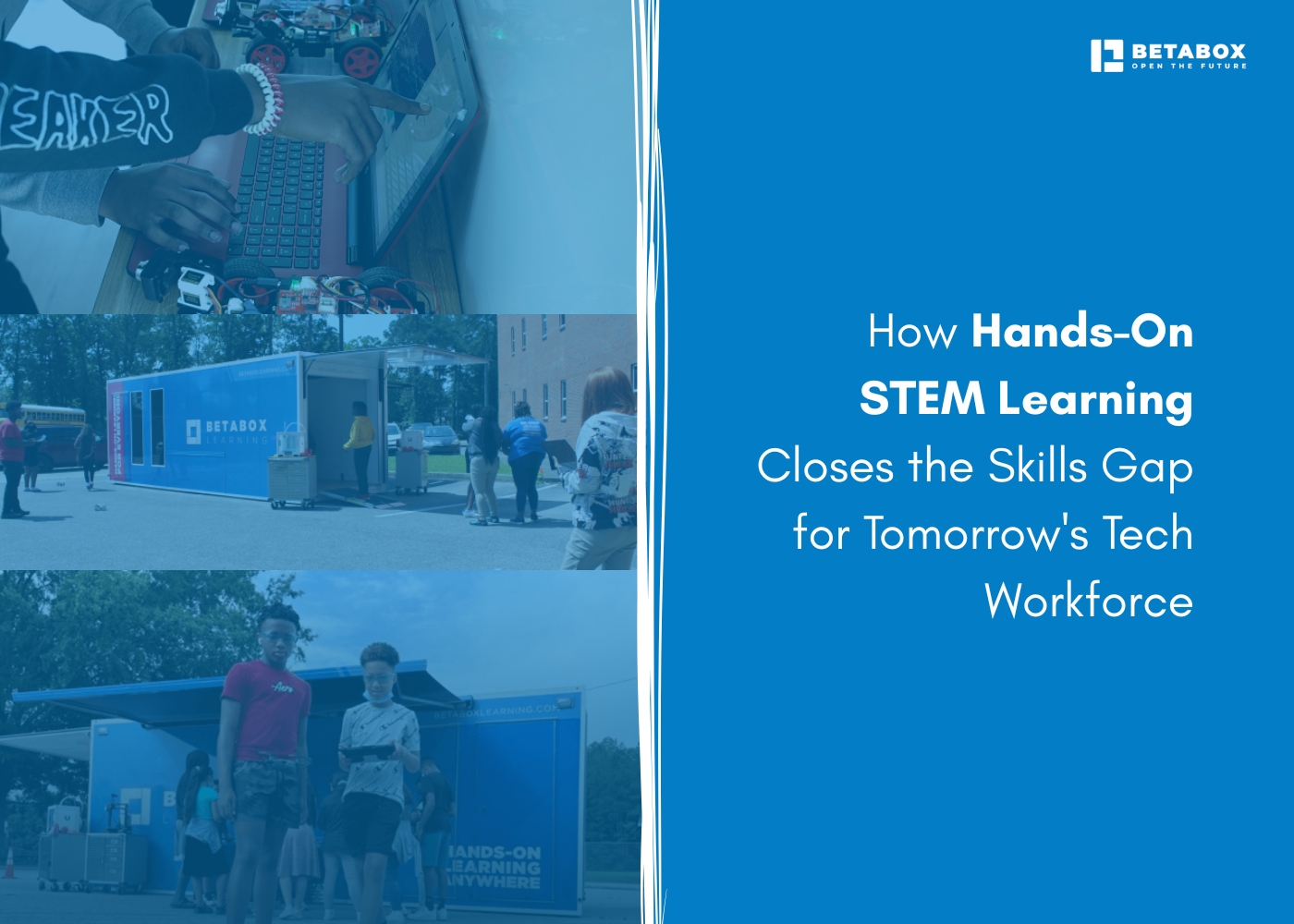
The tech sector faces a persistent challenge. Demand for skilled workers outpaces supply, creating vulnerabilities in innovation and economic growth. According to the U.S. Bureau of Labor Statistics, computer and mathematical occupations will grow by 10.1% from 2024 to 2034, far exceeding average rates. This expansion stems from AI advancements and digital infrastructure needs. Yet, a projected shortage of up to 3.5 million STEM employees by 2025 highlights preparation shortfalls, as noted by the National Science Teaching Association.
Rural and low-income schools bear the brunt. Limited access to modern tools and trained educators leaves students without foundational experiences in coding, robotics, or data analysis. Zip codes determine exposure, widening divides. Betabox targets southeastern U.S. communities, where under-resourced districts struggle to integrate K-12 STEM standards. Without intervention, these gaps perpetuate workforce imbalances, affecting sectors like advanced manufacturing and energy.
CSR executives recognize the stakes. Unaddressed shortages raise hiring costs and slow R&D. Philanthropy investments must yield pipelines of adaptable talent. Hands-on programs offer a direct counter, equipping students with applied skills that align with job demands. Betabox's model ensures partners see returns through enhanced local economies and diverse recruitment pools.
Traditional lectures fall short in STEM. Students retain concepts better through active engagement. Research from the Lemelson-MIT Program shows experiential learning builds confidence and interest, steering youth toward technical paths. Betabox leverages this by delivering mobile labs to school sites, turning abstract ideas into tangible builds.
Hands-on activities simulate workplace scenarios. Building a robotic arm mirrors factory automation, fostering intuition over rote memorization. Evaluations confirm efficacy: a one-hour session boosts STEM knowledge by 50% and interest by 25%. Educators achieve 90% satisfaction, per Net Promoter Scores. This approach suits nonlinear careers, where adaptability trumps specialization.
Passive instruction suits compliance-era jobs, but tech demands creativity. Project-based tasks develop resilience, as students iterate through failures. In under-resourced settings, Google for Education resources complement Betabox kits, amplifying reach. Partners gain branding as innovators, tying CSR to skill-building that persists beyond school.
Future roles prioritize interdisciplinary abilities. BLS data underscores growth in AI ethics, cybersecurity, and sustainable engineering. Workers must navigate systems thinking alongside technical proficiency.
Problem-solving tops lists. Tech firms seek graduates who prototype solutions under constraints. Communication follows, essential for cross-team collaboration. Betabox projects cultivate these: programming self-driving cars hones coding and ethics. Data literacy emerges through sensor analysis, preparing for analytics-heavy jobs.
Automation shifts routines to orchestration. Polymaths, blending tech with domain knowledge, thrive. Early exposure builds this versatility. Betabox's hands-on projects span 15 hours of guided challenges, aligning with CTE standards. Students emerge ready for roles in data centers or utilities, where quick learning defines success.
Betabox democratizes access since 2015. Starting with shipping container labs, it now serves 500,000 students across 1,000 schools and 150 districts. Focus remains on rural southeastern U.S., closing gaps via free programs funded by industry.
Onsite Field Trips park labs at schools, eliminating logistics. Equipped with drones and 3D printers, they deliver 30-60 minute immersions. No infrastructure upgrades needed. This model reaches 325,000 students in 25 states, per impact reports.
Classbox.com streamlines procurement. On-demand kits include curricula and coaching, reducing costs. Workshops train first-year teachers, boosting retention. Betabox handles 90% funding, freeing districts for implementation.
Alignment drives impact. Betabox structures partnerships for mutual gain, echoing NASA's outcome-focused contracts.
Industry funds labs; schools gain tools. Partners access volunteer slots and co-branded events. ROI metrics show 4x-10x returns in brand equity and talent attraction. Collaborations with Google exemplify this, empowering North Carolina schools with AI resources.
Programs map to job clusters. Energy partners support renewable simulations; manufacturing funds robotics. Educators portal guides integration, ensuring relevance. This creates feedback loops, where student projects inform industry needs.
Metrics validate progress. Betabox tracks pre-post shifts, revealing sustained engagement.
Participants report heightened career awareness. A Cypress Creek initiative strengthened community ties through sustainable STEM, per case details. MITRE's field trips introduced cutting-edge tech to underserved youth, sparking innovation.
Districts see CTE enrollment rises post-programs. Teachers integrate kits into cores, per how-it-works blueprint. Over 125 counties benefit, with reports quantifying interest surges.
Action starts simple. Book a blueprint call to customize plans.
Apply via portal for grants. Betabox secures 80% coverage, collaborating on budgets. Phased rollout: blueprint, fund, implement, measure.
Layer projects atop trips for depth. Partners join via impact network, launching scalable initiatives. Track via dashboards for ESG alignment.
Hands-on STEM via Betabox equips tomorrow's workforce pragmatically. Invest now for enduring returns.
(Word count: 1,612)
How does hands-on STEM learning close the skills gap for future workers?
It builds practical competencies like problem-solving and adaptability, directly addressing BLS-projected shortages in tech roles through applied projects.
What are the benefits of practical STEM education in preparing students for tech careers?
Practical approaches enhance retention, boost interest by 25%, and connect classroom tasks to industry applications, per NSTA insights.
Why is early STEM exposure important for workforce readiness?
Early hands-on experiences foster STEM identity, reducing dropout risks and aligning with 10.1% growth in computing jobs, as BLS forecasts.
How can classroom STEM kits help bridge the skills gap?
Kits like Betabox's provide turnkey tools for real-world challenges, improving knowledge by 50% in sessions and easing teacher burdens.
What role does industry collaboration play in STEM education?
Collaborations fund access and tailor content to needs, yielding 4x-10x ROI in talent pipelines while closing equity gaps.
How do Betabox programs integrate with existing K-12 curricula?
They align with CS and CTE standards, offering flexible pacing for class or camps, supported by coaching for seamless adoption.


Ready to learn how Betabox resources can be implemented at your school or District?
Book a Blueprint Call

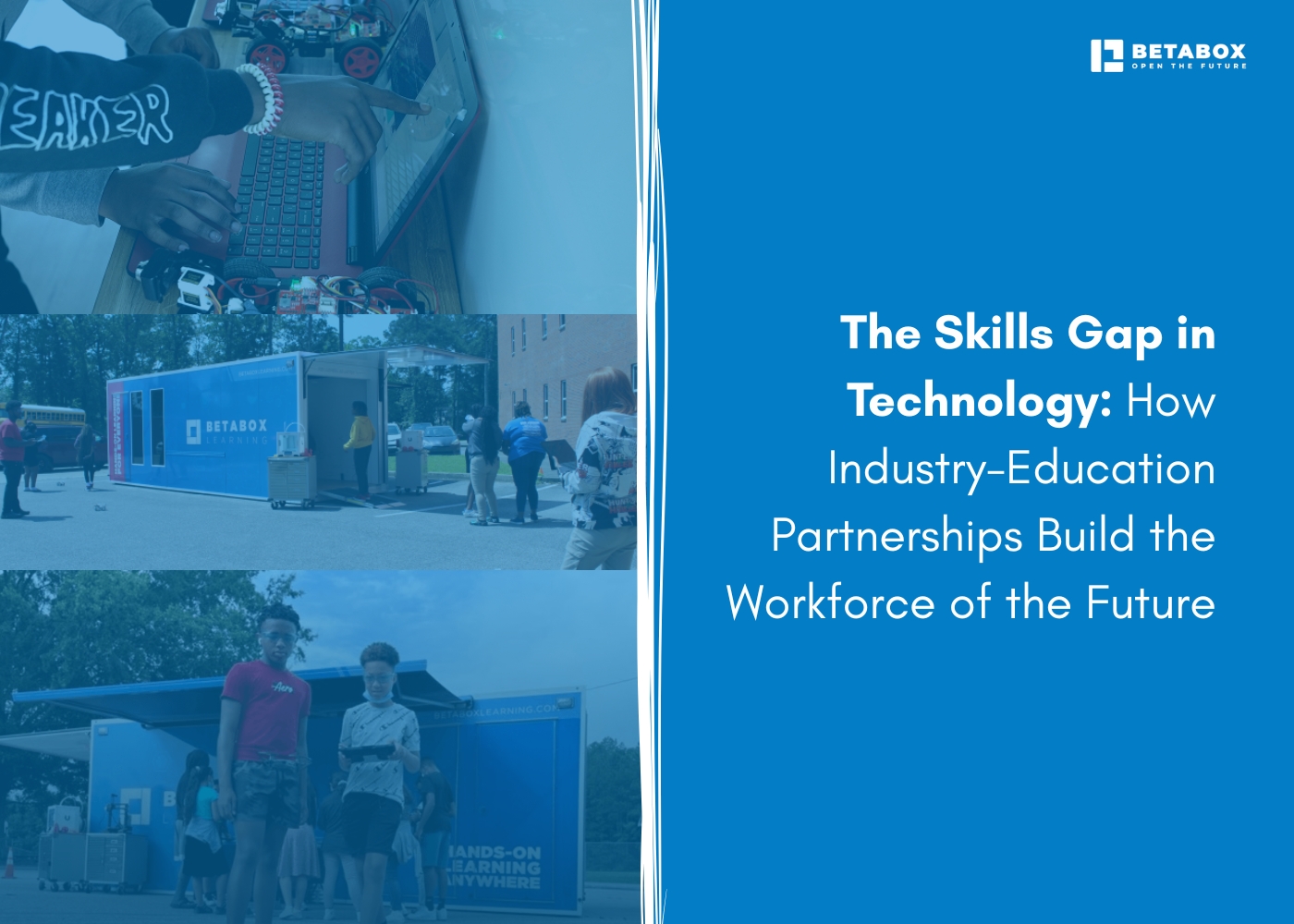

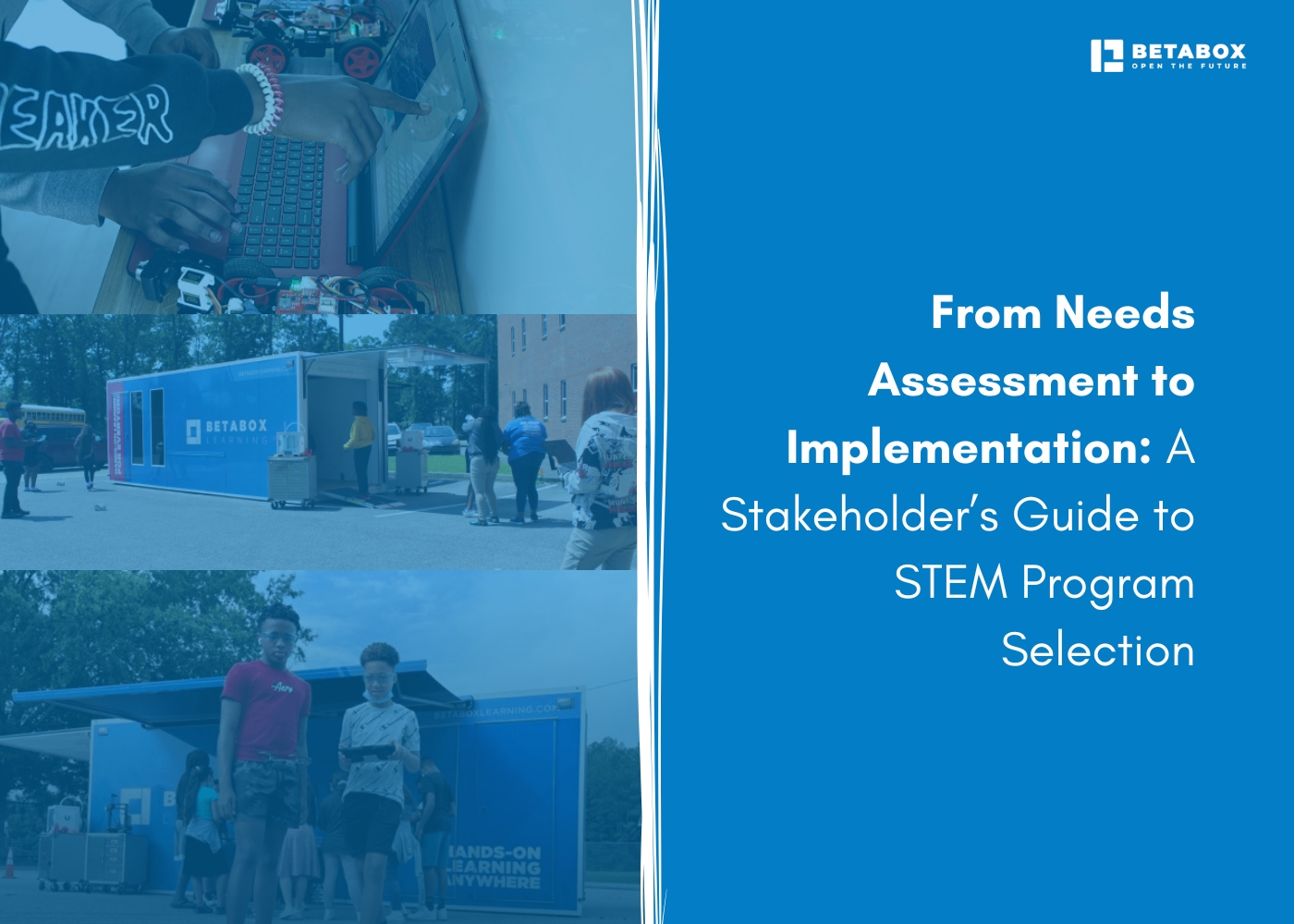

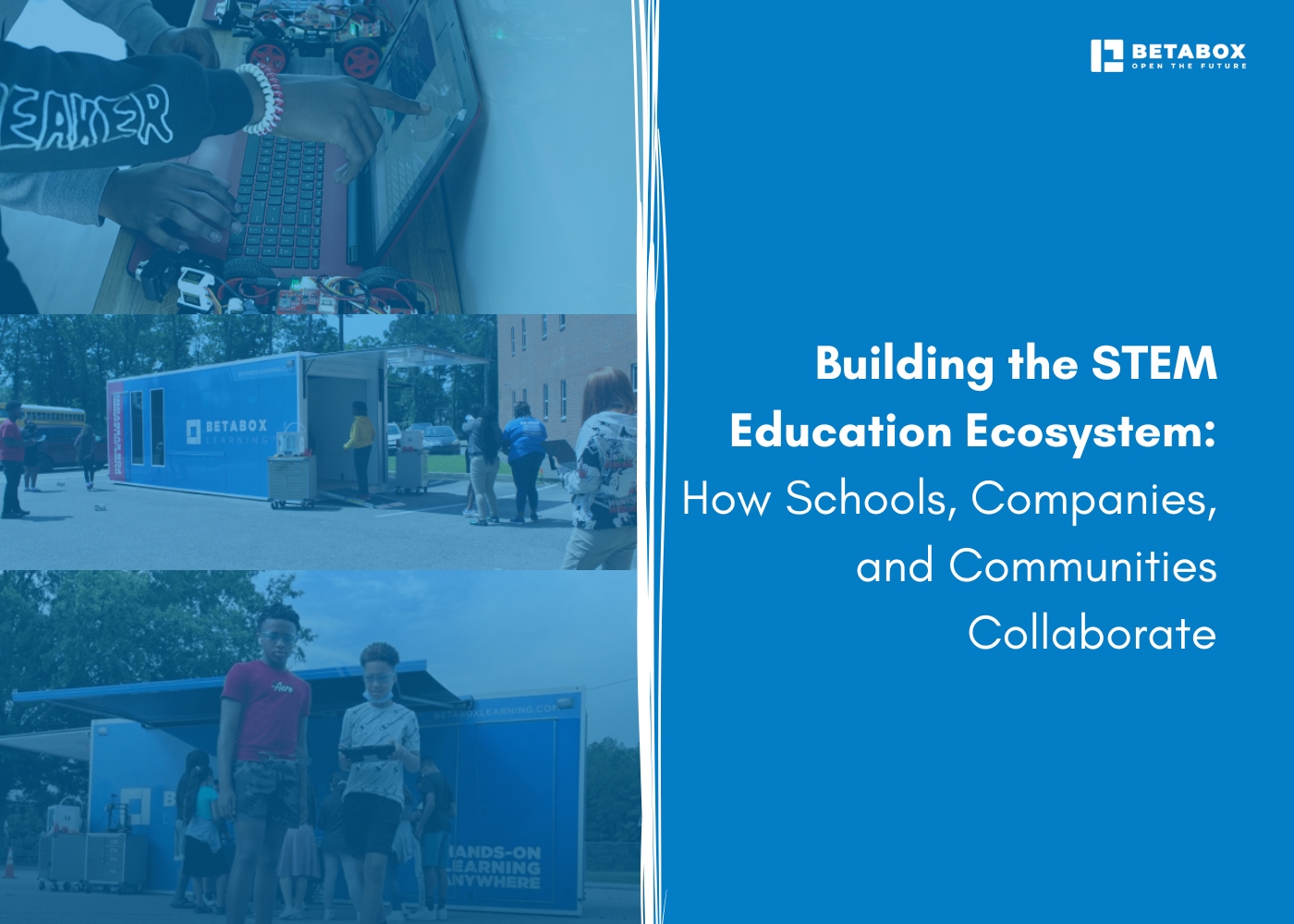

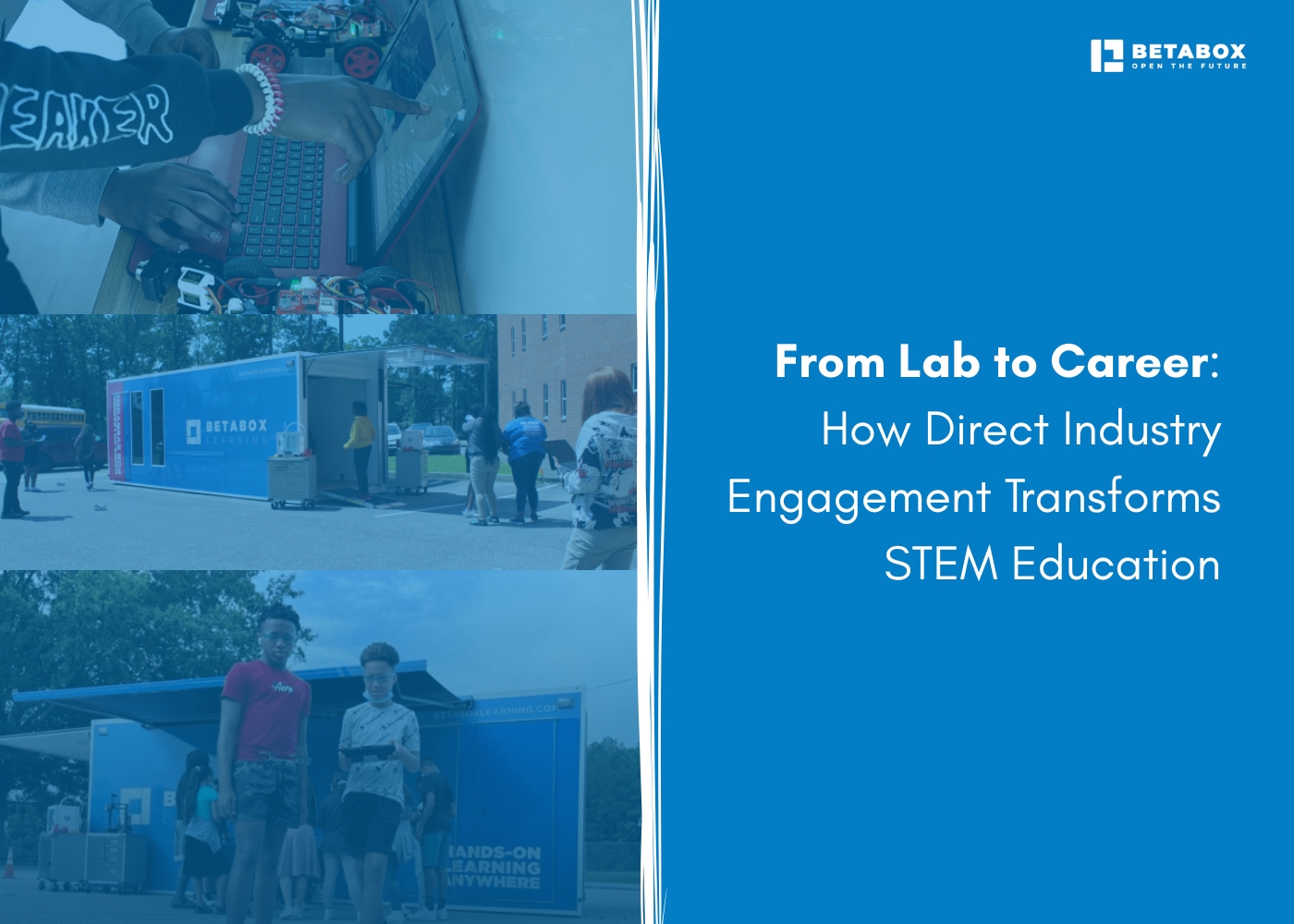





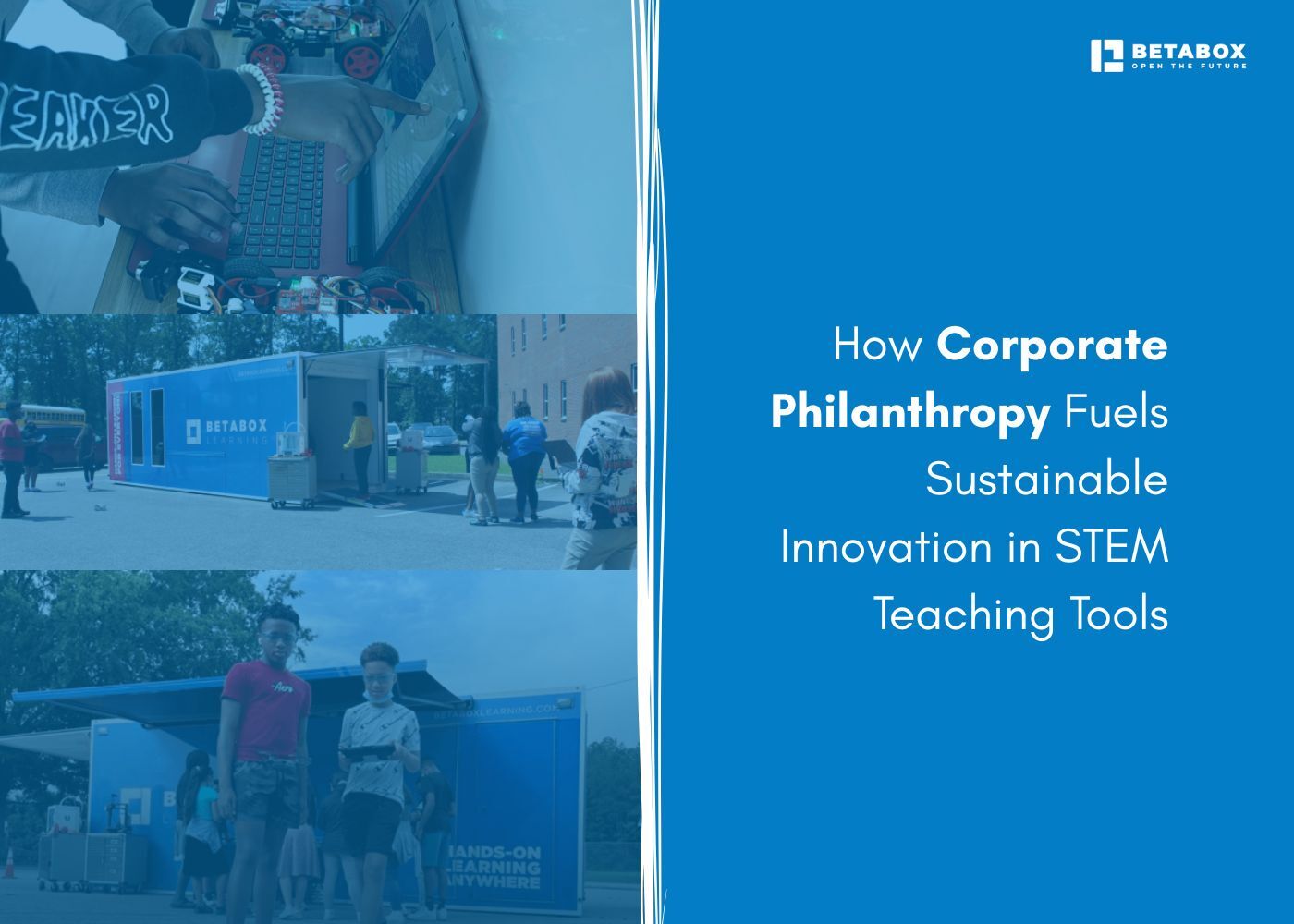

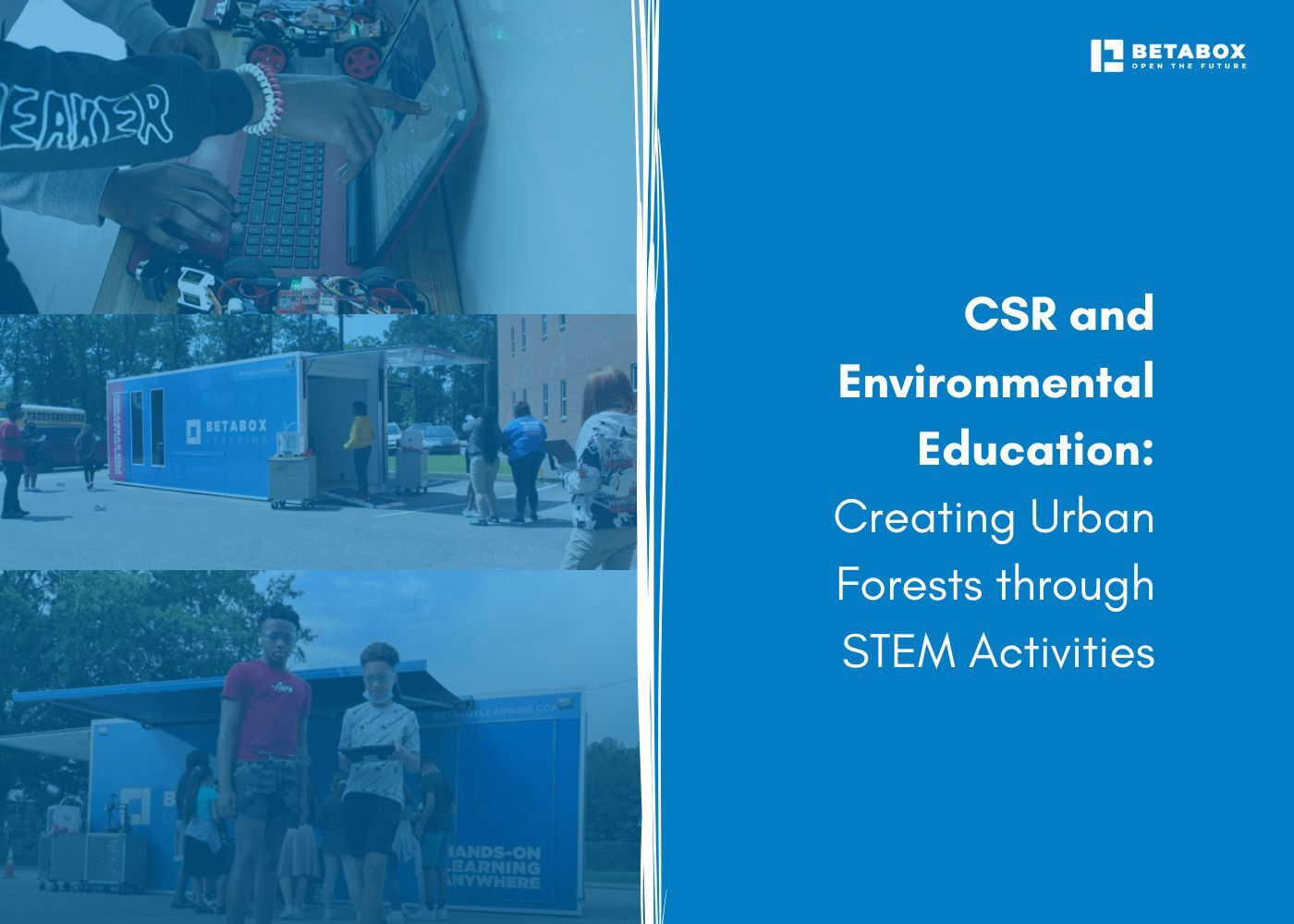



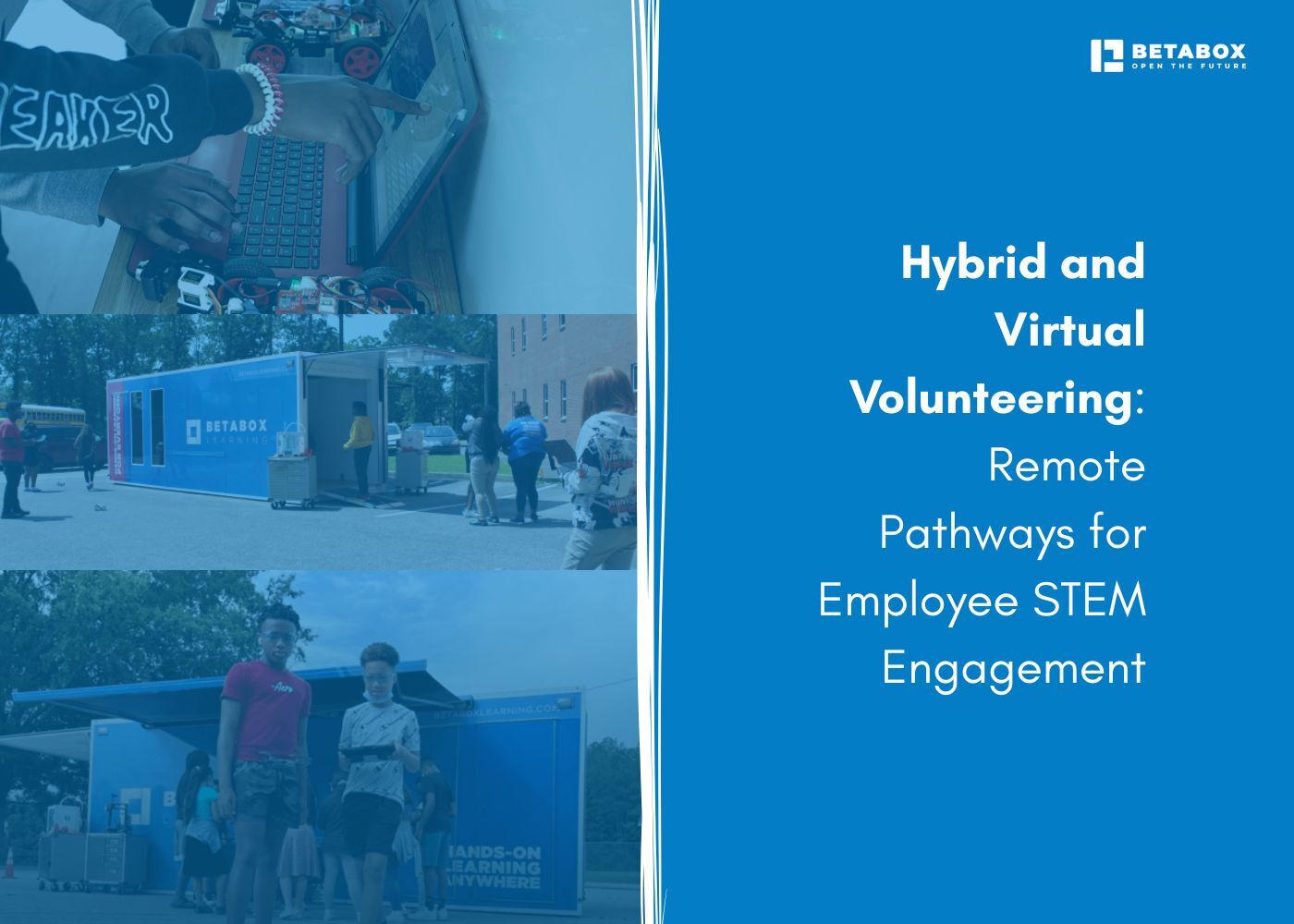





At Betabox Learning, we are passionate about making hands-on STEM curricula accessible to all students.

Join our newsletter to stay in the loop on all things Betabox and the future of STEM education.
By submitting your email address, you agree to our Privacy policy and Terms of Service. You can unsubscribe any time via the link in your email.
© 2025 Betabox. All Rights Reserved
